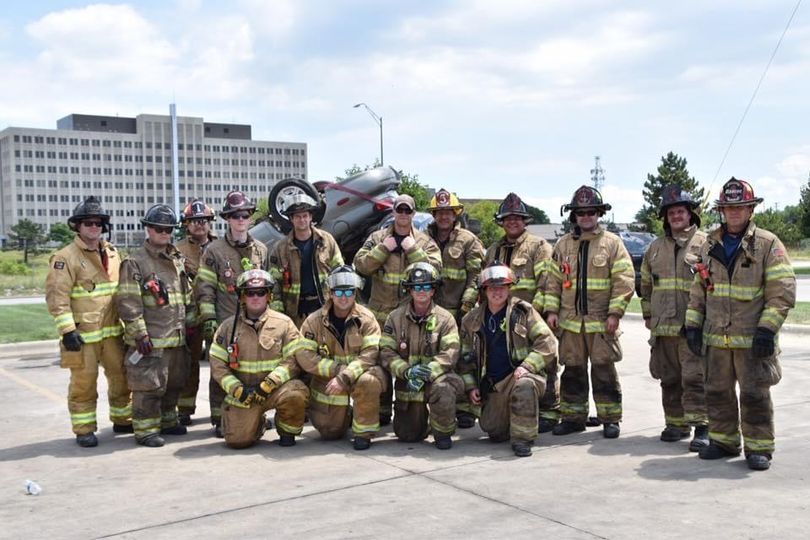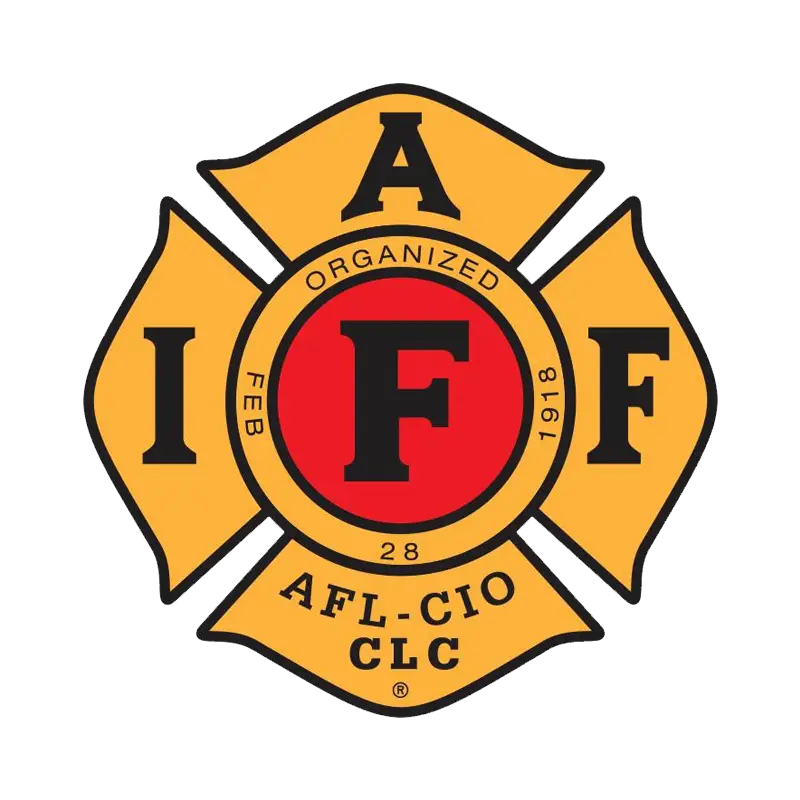The State of Michigan was divided into “townships” in the 1830s. Among them was the Township of Warren, located in the southeastern corner of the state. Named after General Earl Warren, it would eventually become Michigan’s third-largest city. The Warren Fire Department, established in 1939, is the city’s oldest uniformed emergency service and has been in continuous operation since.
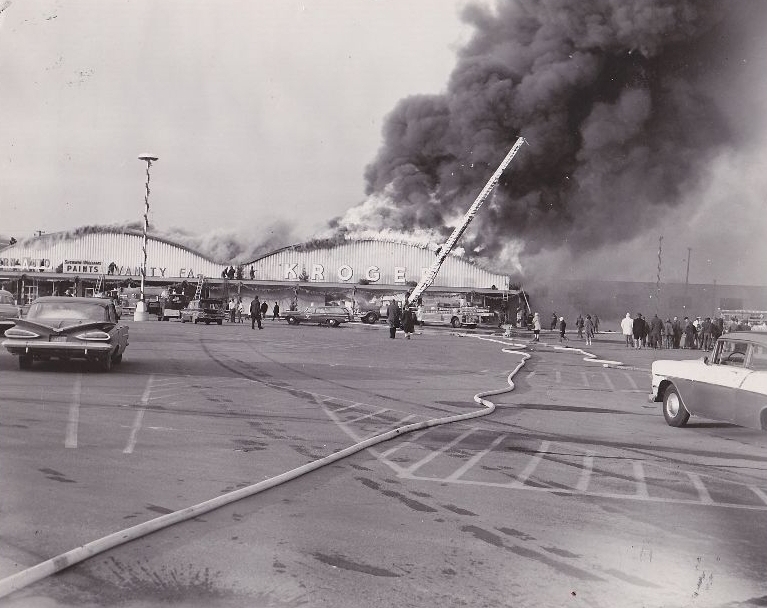
The villages of Warren and Centerline each established their own fire departments, which serviced the remainder of Warren Township on a fee basis. The fire districts were roughly divided north and south of Eleven Mile Road. With the incorporation of Centerline as a city in 1936, it became necessary to enhance fire protection in the more densely populated southern end of Warren Township.
On May 12, 1939, the Warren Fire Department was officially recognized. On June 15, 1939, Fire Station 1 was manned and opened to serve all of Warren Township. Due to Warren’s rapid population growth and increased industrial development, additional fire protection and personnel were deemed necessary.
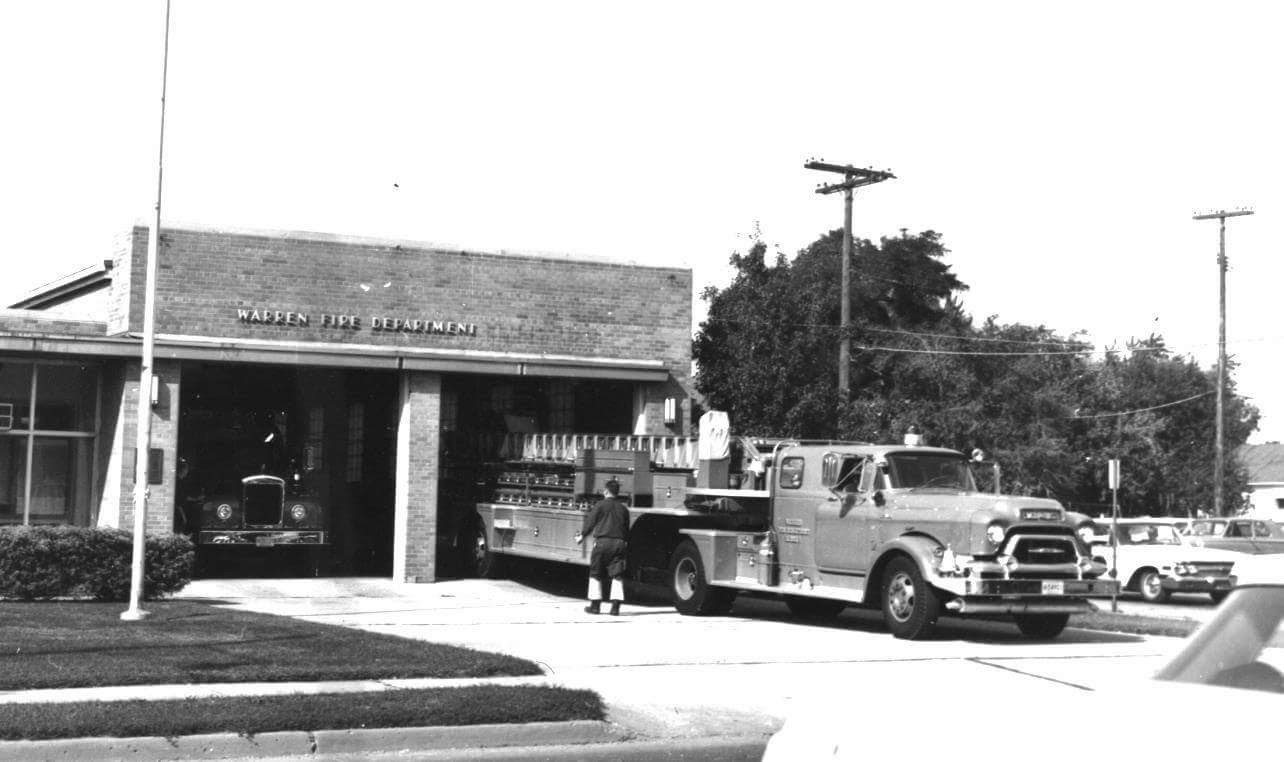
The township attracted significant industrial powerhouses, such as the U.S. Army Tank Arsenal, Dodge Truck and Press Plant, General Motors Research Laboratories and Technical Center, General Electric, Ford, Holly Carburetor, Bundy Tubing, Rotary Electric Steel, and numerous tool and die shops. This industrial boom brought jobs and spurred population growth, further increasing the demand for fire protection.
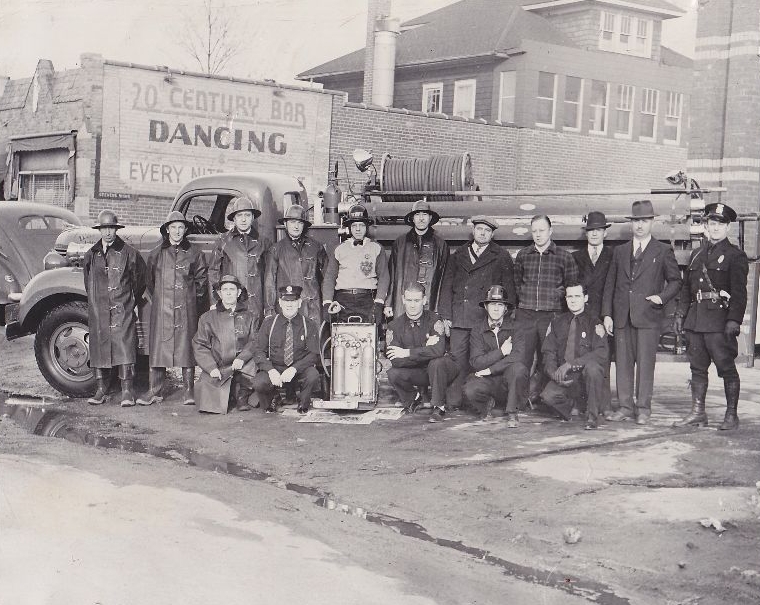
In response to this growth, Chief Van Hulle requested and received authorization for an additional pumper company. Engine Company 2 was established on November 24, 1942. The department now operated two apparatus units staffed by five full-time and sixteen volunteer firefighters.
July 16, 1943, marked a tragic day for the Warren Fire Department. On that Sunday afternoon, Firefighter Charles Consigney lost his life in the line of duty due to smoke inhalation—the first such loss in the department’s history.
In 1947, the Macomb County Fire Chiefs Association was formed, with Warren as a founding member. The association developed one of the most effective mutual aid systems in the Midwest. Given Warren’s industrial density, mutual aid from neighboring cities was frequently necessary—a practice that continues today.
In the fall of 1948, construction began on Engine House 2 and Engine House 3. Both stations opened on September 7, 1949, with five new hires assigned to Engine House 2 and four to Engine House 3. Station 2 would serve the city’s southeast region, while Station 3 would cover the southwest.
On September 25, 1954, the department purchased a new Packard ambulance and placed it into service—signaling the early beginnings of what would evolve into one of the state’s premier paramedic systems.
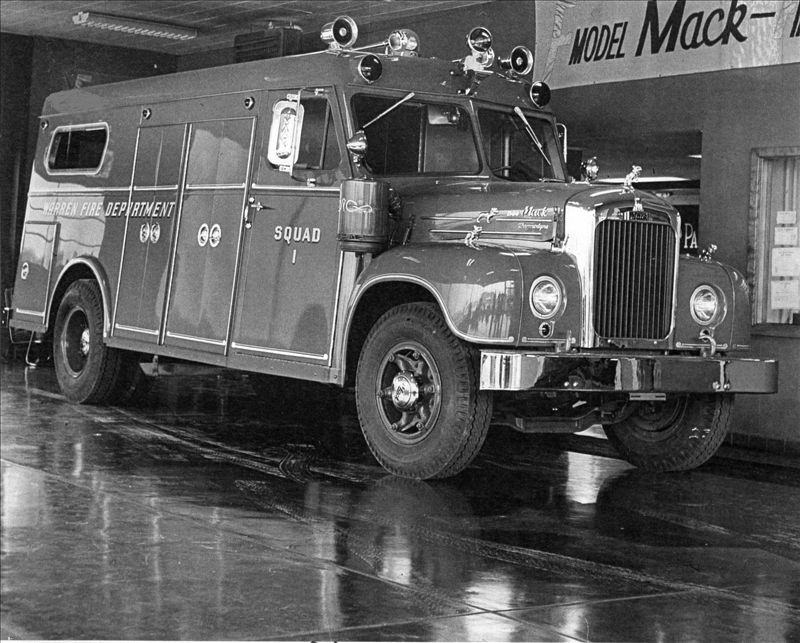
In January 1957, Warren Township became the City of Warren. At that time, the fire department consisted of 47 full-time personnel operating six engines, three grass trucks, two ambulances, one inspector’s car, and one chief’s car. That same year, the newly incorporated city absorbed the former Village of Warren, inheriting its volunteer fire hall—designated Station 4—which began serving the northwest portion of the city.
On February 7, 1957, recognizing the expanding duties and future needs of the department, Mayor Arthur J. Miller appointed William B. Burr as the city’s first Fire Commissioner. Commissioner Burr promptly began planning the department’s expansion to include additional personnel, a new engine house, an aerial truck, a squad truck, and more ambulances. He successfully secured funding from the City Council.
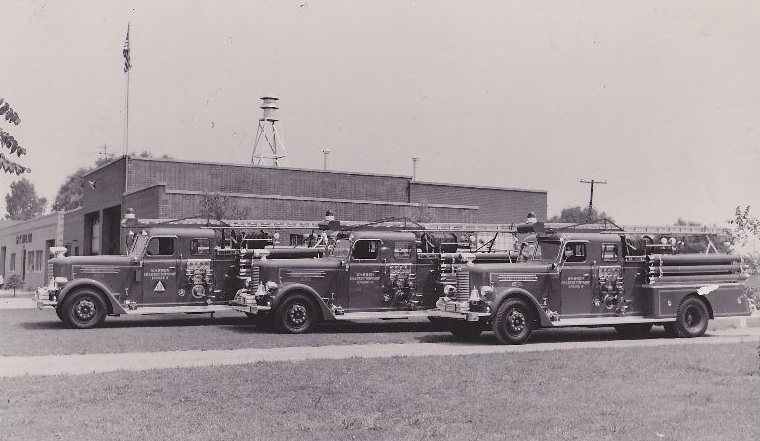
On November 6, 1957, ground was broken for Engine Company 5 at Common Road and Hoover, with a projected completion date of July 1958. Station 5 would serve the city’s northeast region.
On September 19, 1960, Warren Firefighters became a charter member of the
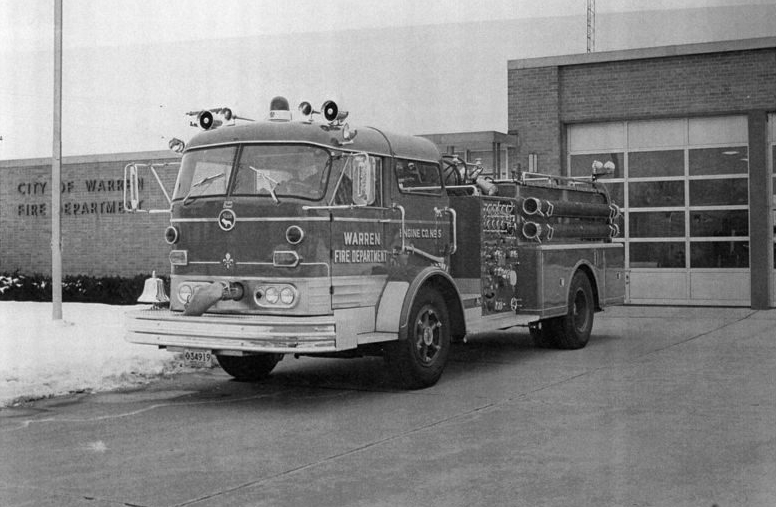
International Association of Fire Fighters Local 1383, which affiliated with the AFL-CIO on December 2, 1965. Unionization led to significant improvements in wages, health benefits, and retirement. Local 1383 became known for defending members’ labor rights, engaging politically, and advancing the safety, training, and professionalism of its members. Many departmental improvements—including minimum staffing levels—can be directly attributed to the union, which not only enhanced safety for firefighters but also improved service to the community.
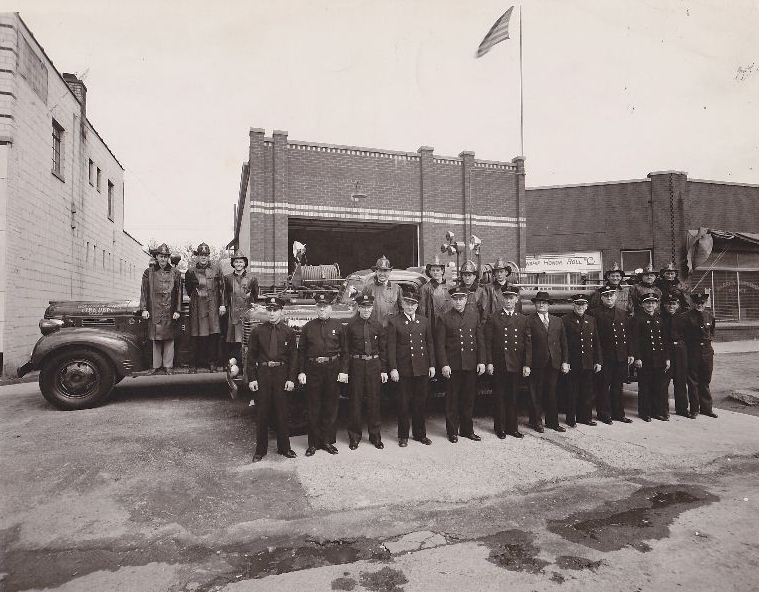
On February 1, 1967, Station 6 opened to serve the northwest area of the city. Station 4 was reassigned to the north-central region. By the mid-1960s, Warren was the fastest-growing city in America.
In August 1969, the department began its journey toward advanced life support (ALS). CPR training commenced, and cardiopulmonary equipment replaced outdated “E” and “J” resuscitators.
In 1972, a revolutionary concept emerged from Miami and Jacksonville, Florida: the use of radio telemetry to transmit EKGs from rescue vehicles to hospitals. Warren Fire Department personnel and City Council members studied the concept, which included training “paramedics” to administer IVs, take vital signs, interpret EKGs, administer medications, and deliver electric shocks to restore heart rhythm. In those cities, survival rates for cardiac incidents rose to 25%.
Later that year, the department secured funding and partnered with Bi-County Hospital to train 25 firefighters as paramedics over a nine-month course.
On April 1, 1974, Warren placed its first Advanced Life Support Unit into service. This unit responded to citywide medical emergencies alongside first-due engine companies. The first paramedics proved that advanced medical care from home to hospital could work effectively. Thanks to their dedication, the ALS program succeeded, making Warren the second municipality in Macomb County (after Harrison Township) to implement paramedic squads. Additional units were added in August 1980, January 1983, and January 1989, bringing the total to four fully staffed paramedic ambulances—or “squads”—that delivered state-of-the-art prehospital care.
Warren led both the county and the state in advanced prehospital medical care for more than two decades, setting the standard before such services became commonplace.
In 1987, Warren partnered with four other communities and the Detroit Tank Arsenal to form the South Macomb Incident Response Team (SMIRT). This joint effort shared the costs and training for a specialized hazardous materials unit. Each participant contributed equally to funding new equipment, training, and maintenance. The result was the state’s best-trained and best-equipped HazMat response team.
In 1996, the department responded to a record-breaking 10,009 alarms, including 7,259 medical calls and 829 fires. Call volume continued to rise: 10,631 alarms in 2000, 10,769 in 2001, and 10,873 in 2002. By 2009, the department had responded to 12,677 alarms.
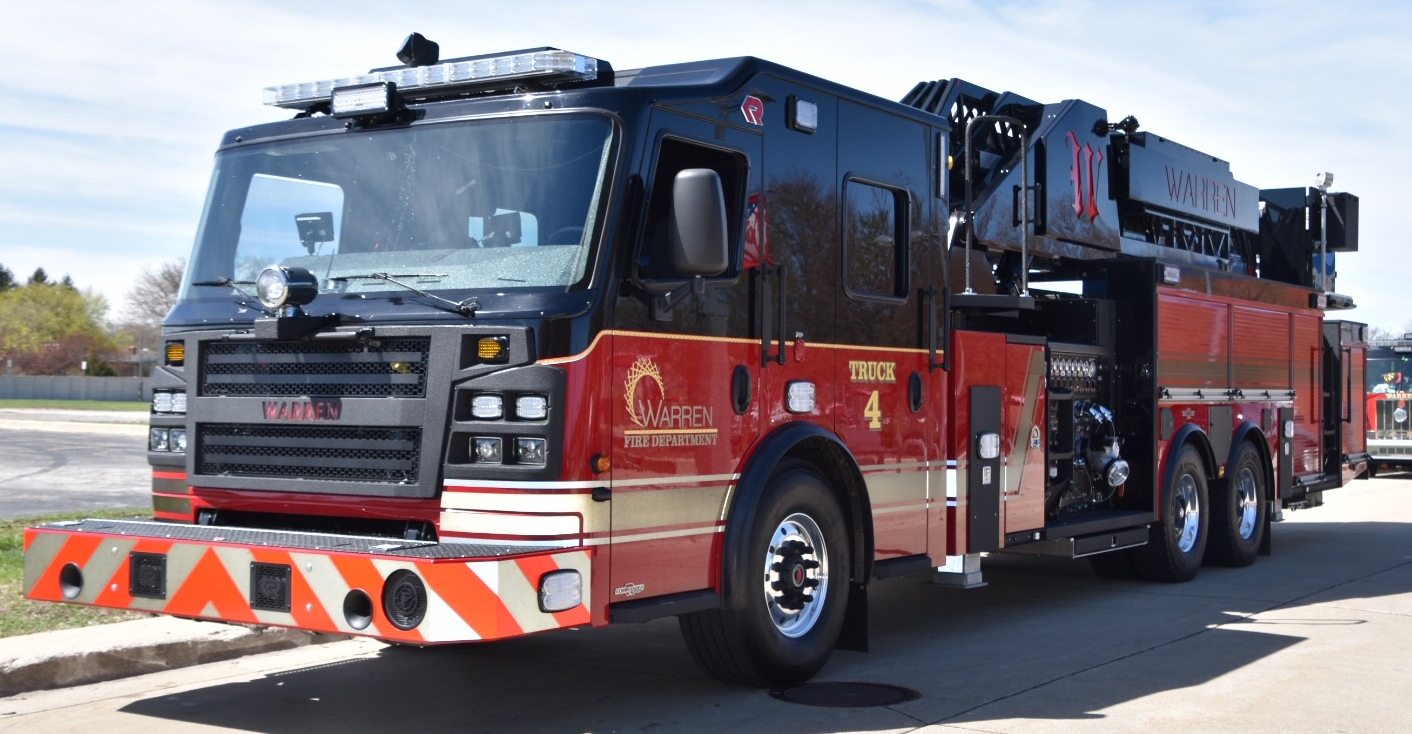
Today, the Warren Fire Department covers 34.5 square miles and serves a resident population of approximately 135,000—swelling to over 300,000 during weekday business hours. The department responds to roughly 20,000 calls annually. Operating out of six geographically distributed stations, the department deploys four licensed paramedic engines, one paramedic quint, seven licensed paramedic transporting squads, one heavy rescue (also licensed for ALS), and one ladder truck—providing 24/7 coverage.
Currently, 140 full-time Local 1383 firefighters serve the department. Of these, 128 work 24-hour shifts in a three-unit rotation. The remaining 12 members are assigned to the 40-hour division, which includes the Deputy Fire Chief, Chief of EMS, Special Operations Chief, Chief Safety Officer, Chief of Training, Training Coordinator, MIS Specialist, Fire Marshal, and four Fire Inspectors. The department is overseen by an appointed Fire Commissioner and Fire Chief.
